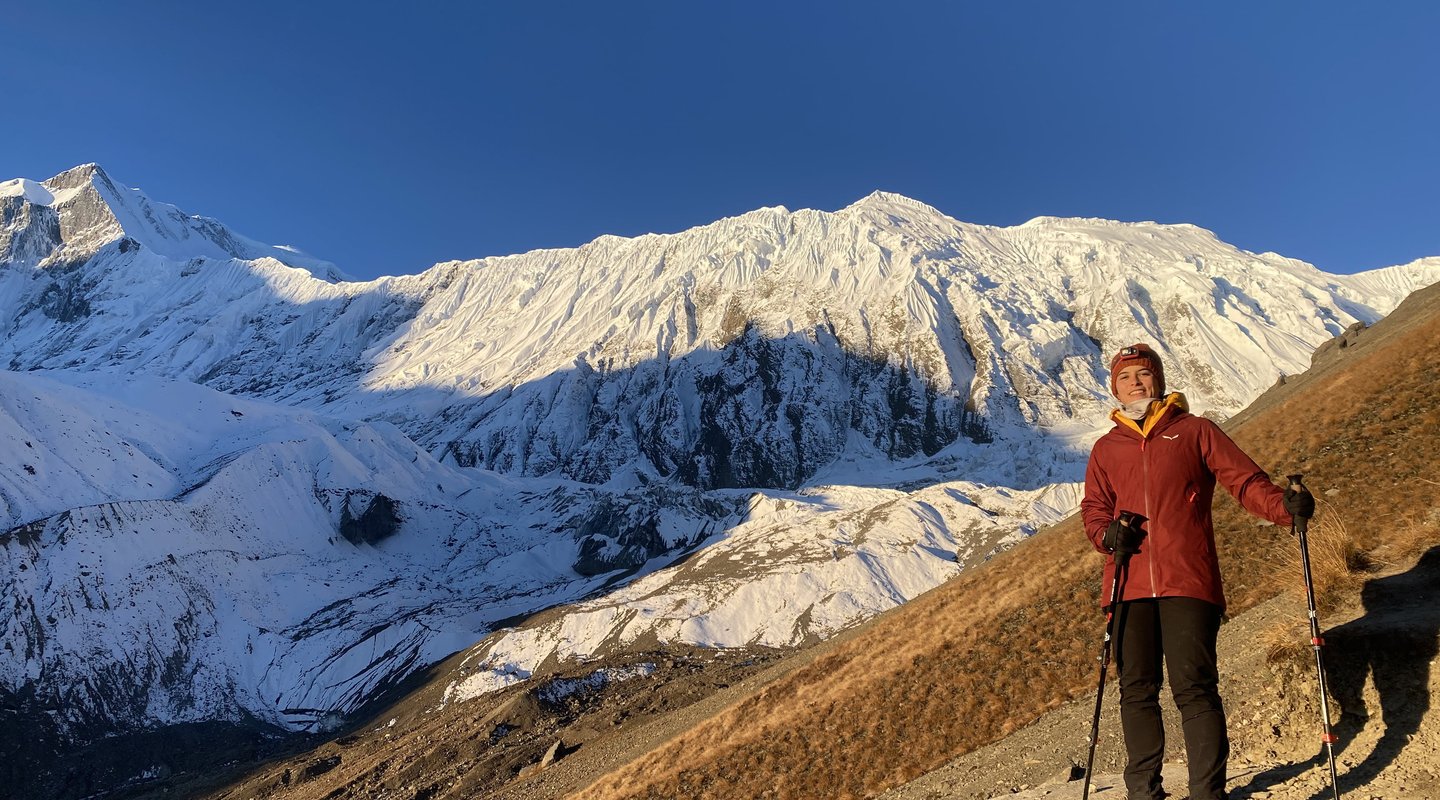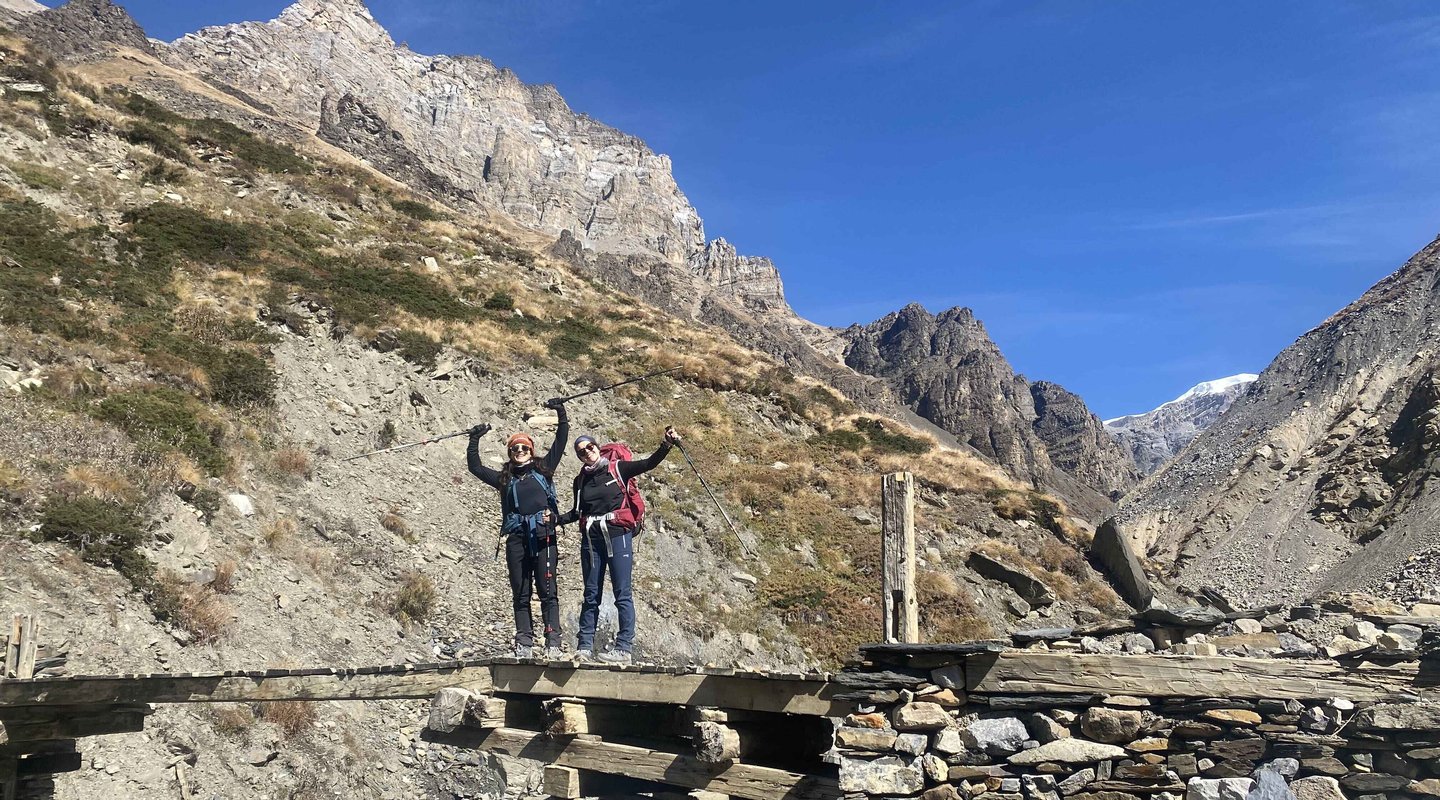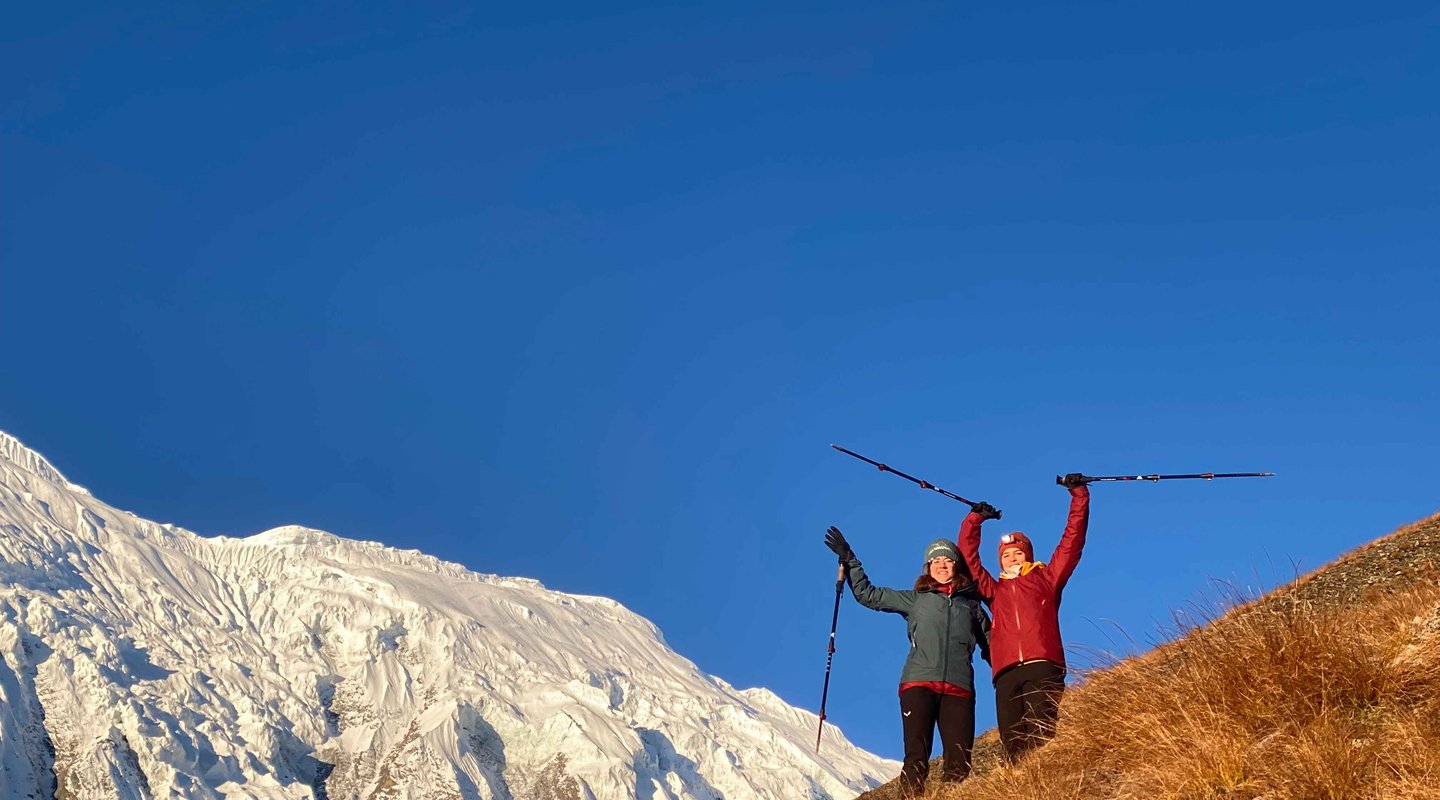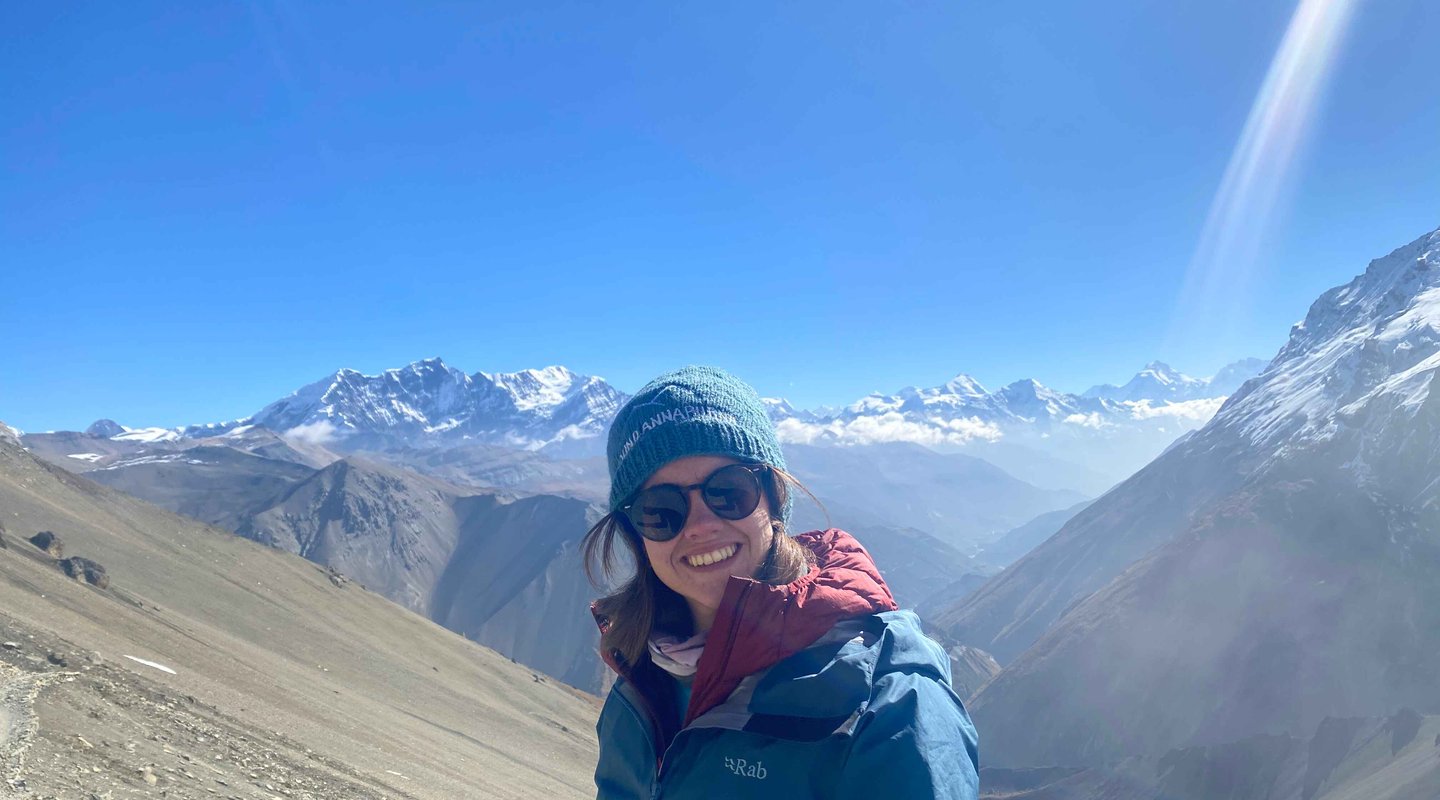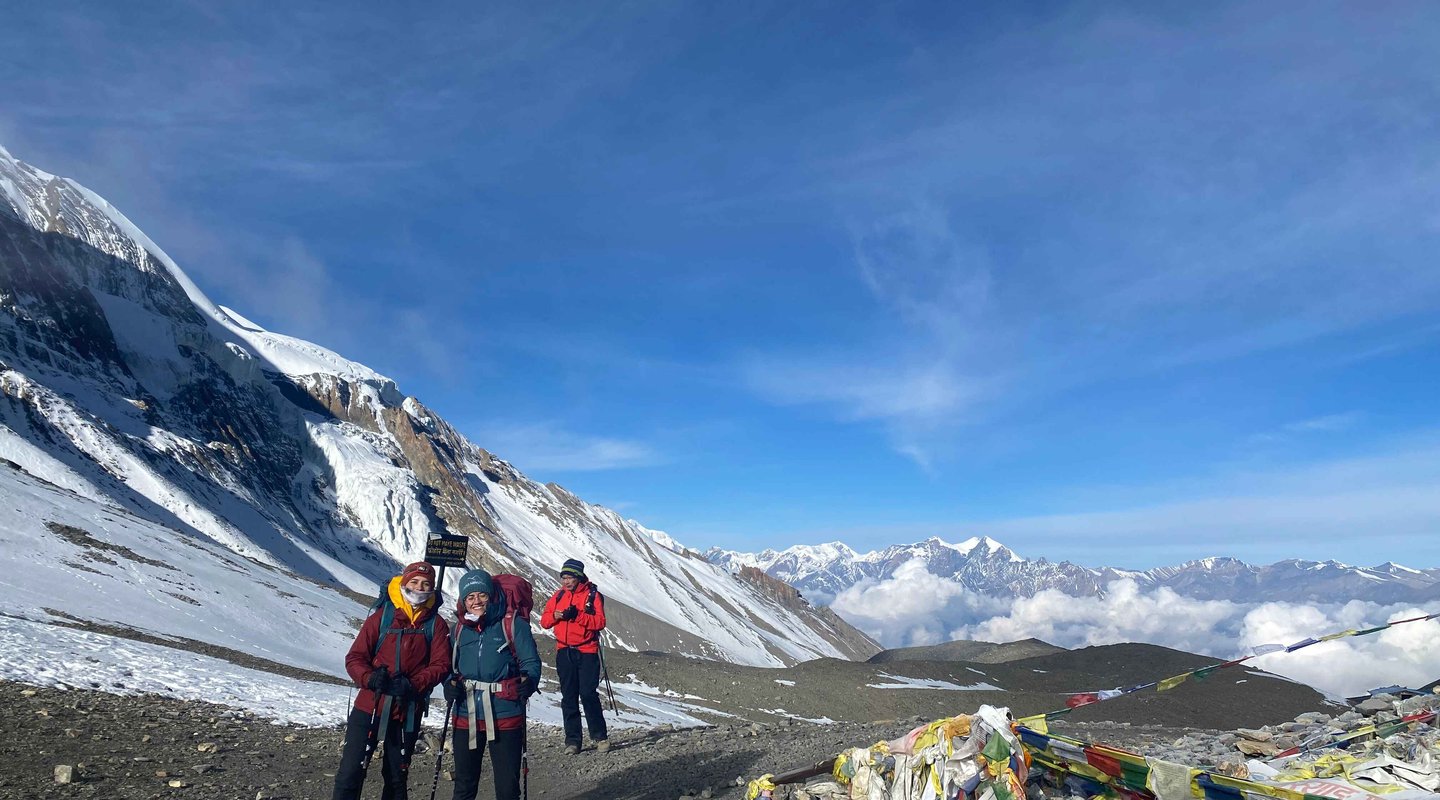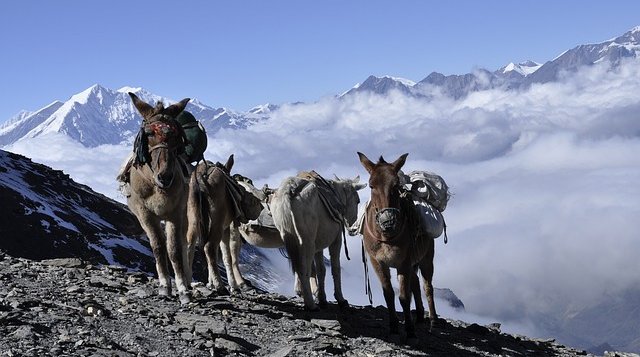
Imagine standing at the base of the world’s highest peak, surrounded by majestic snow-capped mountains and the vibrant culture of the Sherpa people—all while feeling confident, energized, and safe. The secret to making this dream a reality lies in one word: acclimatization. In this comprehensive guide, we’ll answer the question, "How to acclimatize for Everest Base Camp trek?" by breaking down effective strategies, rest days, symptoms to watch for, and practical exercises. With expert tips, real-life testimonials, and actionable steps, this blog will prepare you for a safe and memorable journey to Everest Base Camp.
Acclimatization is the process by which your body adjusts to lower oxygen levels at high altitudes. When you ascend too quickly, your body struggles to adapt, leading to altitude sickness, which can range from mild headaches and nausea to severe, life-threatening conditions like High Altitude Pulmonary Edema (HAPE) or Cerebral Edema (HACE). Therefore, knowing how to acclimatize for Everest Base Camp trek? is critical to ensuring that you not only enjoy the journey but also maintain your health and safety throughout the trek.
Start Training Early:
Acclimatization begins long before you set foot on the trail. Begin a fitness regimen at least 2–3 months in advance. Incorporate cardiovascular exercises such as running, cycling, or brisk walking to build stamina. Strength training, particularly for your legs and core, will help you manage the long days of hiking and steep ascents.
Mental Conditioning:
High-altitude trekking is as much a mental challenge as it is a physical one. Practice meditation or mindfulness techniques to improve focus and reduce anxiety. Visualizing a successful trek can boost your confidence and help you handle unexpected challenges on the trail.
Follow a Gradual Ascent Profile:
When planning your itinerary, ensure you do not gain more than 500 meters (approximately 1,640 feet) in elevation per day once above 3,000 meters (10,000 feet). This gradual ascent gives your body the necessary time to adjust to decreasing oxygen levels.
Schedule Essential Rest Days:
Integrate rest or acclimatization days into your schedule. Key stops like Namche Bazaar (3,440m) and Dingboche (4,410m) serve as perfect acclimatization points. On these days, take it slow, hydrate well, and allow your body to recover.
Practical Tip:
A common practice is “trek high, sleep low.” This means that while you may climb to a higher altitude during the day, return to a lower elevation to sleep. This approach significantly helps in acclimatization.
Know the Warning Signs:
Understanding the early symptoms of altitude sickness is vital. These symptoms may include:
Act Immediately on Symptoms:
If you begin to experience any of these symptoms, do not push on. Inform your guide immediately, reduce your pace, and consider taking an extra rest day or descending to a lower altitude if symptoms worsen. Remember, ignoring early signs can lead to severe complications.
Utilize Tools:
Carry a portable pulse oximeter to measure your blood oxygen levels. This device can help you gauge how well your body is adjusting to the altitude.
Practical Tip:
If you notice your oxygen saturation levels dropping below 85%, it’s a strong indicator that you need to slow down or descend to a lower altitude.
High-Altitude Simulation Training:
If possible, train in environments that simulate high altitudes. Some gyms offer altitude training masks or hypoxic chambers. While these tools don’t completely replicate real conditions, they can help prepare your body for lower oxygen levels.
Interval Training with Weighted Backpacks:
Gradually introduce a backpack with increasing weight during your hikes. This not only builds muscle strength but also conditions your body to the physical demands of carrying gear at high altitudes.
Breathing Exercises:
Practice deep breathing exercises to improve your lung capacity and oxygen intake. Techniques such as diaphragmatic breathing can help you better manage the thinner air at high altitudes.
Example Exercise:
Spend 10 minutes twice a day practicing slow, deep breaths—inhale for a count of four, hold for a count of four, and exhale for a count of four.
Consult Your Doctor:
Some trekkers use medication like acetazolamide (Diamox) as a preventative measure against altitude sickness. However, it’s essential to consult with a healthcare professional before starting any medication.
Follow Recommended Dosages:
If prescribed, take the medication as directed. Many trekkers begin taking it a day before ascent and continue throughout the initial phase of the trek.
Practical Tip:
Be aware of the side effects, which can sometimes mimic the symptoms of altitude sickness. It’s important to differentiate and monitor how your body reacts.
Rajesh, a veteran trekker with over 12 Everest Base Camp expeditions, emphasizes the importance of acclimatization:
“For me, the key is never to rush. I always schedule extra rest days, even if it means extending my trek by a day or two. Listening to my body has saved me on more than one occasion. When you ask ‘How to acclimatize for Everest Base Camp trek?’ My answer is simple: plan, pace, and hydrate.”
Anjali, who completed her first trek to Everest Base Camp last year, shared her insights:
“I was nervous about altitude sickness, but my guide advised me to take it slow and follow the ‘trek high, sleep low’ rule. I felt my body adjust gradually, and by the time I reached Dingboche, I was much more confident. The deep breathing exercises and carrying a small pulse oximeter really helped me monitor my health.”
A: The general rule is to avoid ascending more than 500 meters per day once above 3,000 meters. Incorporate rest days at key acclimatization points like Namche Bazaar and Dingboche.
A: Common symptoms include headaches, nausea, dizziness, fatigue, loss of appetite, and shortness of breath. If you experience these, it’s crucial to slow down or descend.
A: Yes, these tools can help simulate high-altitude conditions and improve your body’s oxygen utilization, though they cannot completely replicate the real environment.
A: Preventative medication can be beneficial for some trekkers, but it’s essential to consult with a healthcare professional to understand the appropriate dosage and potential side effects.
A: Hydration is critical. Drinking 3-4 liters of water daily helps prevent dehydration and supports your body’s acclimatization process.
A: Immediately inform your guide, reduce your pace, and consider resting or descending to a lower altitude. Do not ignore early symptoms, as they can quickly escalate.
Acclimatization is the cornerstone of a safe and successful Everest Base Camp trek. By understanding how to acclimatize for Everest Base Camp trek? and following a structured plan—from early physical and mental preparation, a gradual ascent with rest days, to monitoring your body and using practical exercises—you can significantly reduce the risks associated with high-altitude trekking. Remember to listen to your body, stay hydrated, and never hesitate to slow down or descend if necessary.
Your safety on the trek is not just about following a checklist—it’s about respecting the mountain, understanding your limits, and preparing thoroughly both physically and mentally. With the insights, expert testimonials, and step-by-step strategies outlined in this guide, you’re now better equipped to embark on your Everest Base Camp adventure with confidence.
Ready to transform your trekking experience? Join Himalayan Hero Adventure for more expert advice, tailored trekking packages, and a community that prioritizes your safety at every step. Start planning your Everest Base Camp trek today and take the first step towards an unforgettable adventure!
